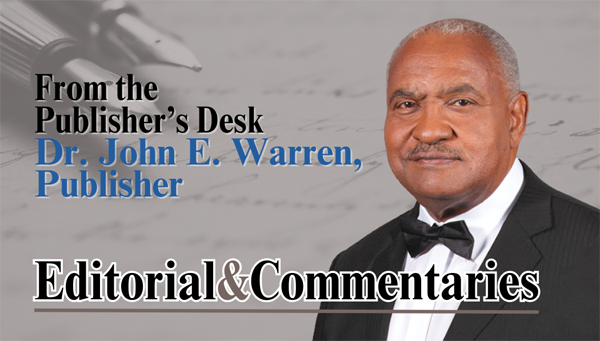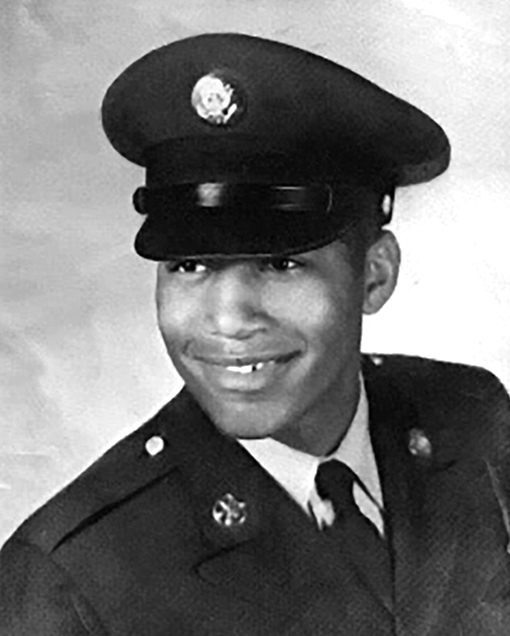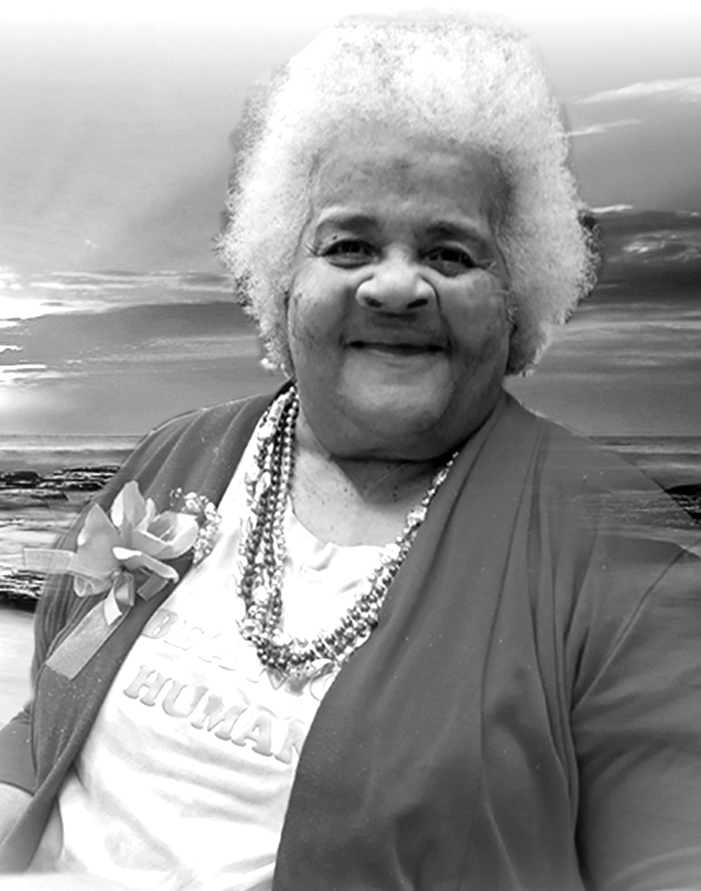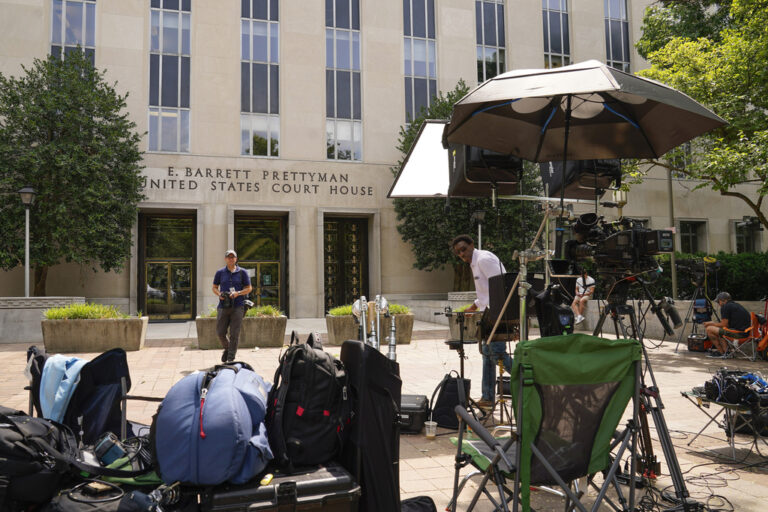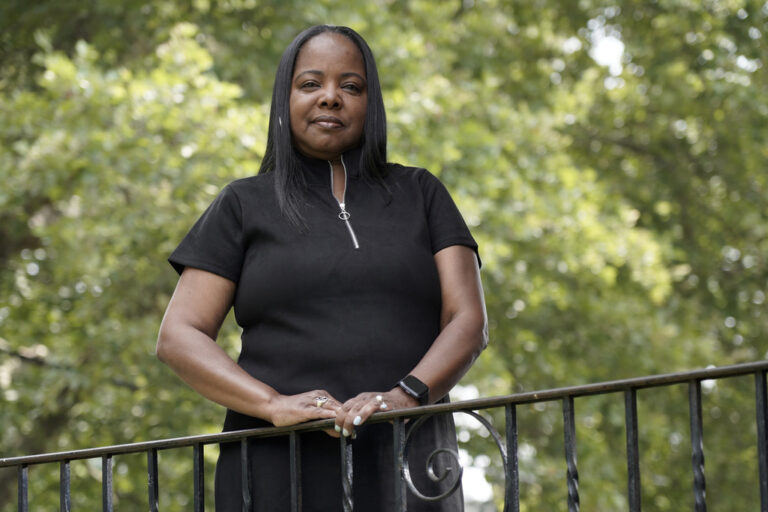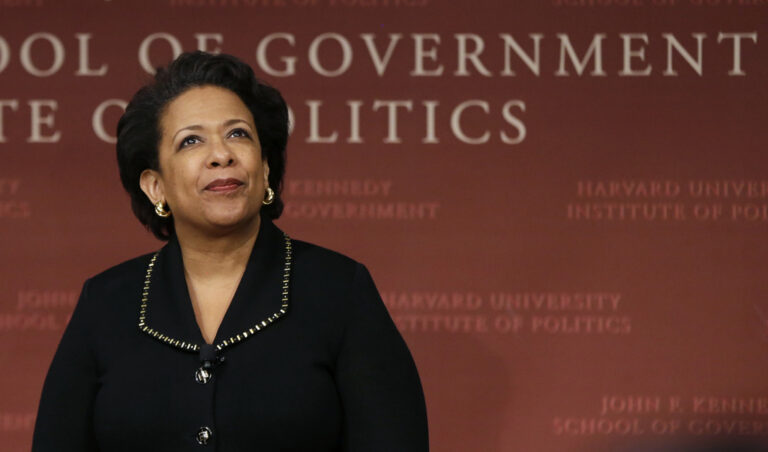With pageantry that included balloons, a banner and an outdoor signing ceremony, Texas A&M University celebrated a diverse new chapter in its history with its June hiring of Kathleen McElroy.
McElroy, a Black journalist whose background included decades at the New York Times and a reputation for promoting diversity in the workplace, was a major get for the university with the largest student body in the country. She was headed to her alma mater with a mission to revive its journalism program — and it was all the sweeter for A&M because she had been lured away from its rival, the University of Texas at Austin.
But the celebration didn’t last long. Just days later, McElroy’s tenure offer unraveled after the university buckled under backlash from Texas Scorecard, a conservative website, and an unspecified group of individuals close to the university who opposed her previous diversity initiatives. A new state law will limit that and the discussion of race and inclusion on college campuses next year.
The Republican-backed law, which takes effect in January, prohibits employees at Texas higher education institutions from promoting diversity, equity or inclusion. Institutions that violate the law face financial penalties.
While the law is supposed to exempt academics and admissions, many are concerned it could be broadly applied — chilling free speech in the classroom.
They point to McElroy’s unceremonious departure to show it’s already happening.
“We were supposed to maintain our academic freedom around these issues but the McElroy situation shows that in fact those are not safe either,” said Karma Chavez, a professor and department chair of Mexican American and Latino/a Studies at UT-Austin.
WHAT HAPPENED?
Just days after the signing ceremony at Texas A&M, McElroy was informed of internal pushback on her hiring, according to the Texas Tribune. Opponents who remain unidentified took issue with her experience with the Times and her work on race and diversity.
The Tribune reported that over several weeks, McElroy received three different contract offers — the first included full tenure, the second reduced the offer to a five-year contract without tenure and a final proposal offered a one-year at-will position from which she could be fired at any time. McElroy ultimately rejected the offer and withdrew her resignation from UT-Austin.
Texas A&M president Katherine Banks resigned after the details of McElroy’s hiring process were publicized. The school’s Office of General Counsel is investigating what happened.
McElroy said in a statement that she was “deeply grateful” for the outpouring of support from current and former students, as well as “Aggies of all majors.” “Aggie” is a nickname adopted by Texas A&M for its students, who it referred to as “Farmers” until the 1920s.
McElroy declined to comment further.
The Texas A&M University System Board of Regents met Sunday in an hourslong executive session to approve “potential” negotiations of a settlement with McElroy.
The uproar at Texas A&M is no longer just about McElroy, though. Allegations have emerged that another professor, Joy Alonzo, was put on paid leave after a student accused her of speaking unfavorably about Texas Lt. Gov. Dan Patrick during a lecture about the opioid crisis.
According to The Tribune, John Sharp, the chancellor of Texas A&M System, texted Patrick shortly after the lecture to inform him that Alonzo was placed on leave “pending investigation re firing her.” It remains unclear what Alonzo said that was considered questionable.
Patrick is one of the main proponents of the state’s DEI ban, calling such initiatives “divisive” in previous statement. His office did not immediately respond to a request for comment.
McElroy’s and Alonzo’s situations come at a time when at least a dozen GOP states are targeting DEI efforts in higher education — which were created to increase access and equitable treatment for minority communities. They also come as the U.S. Supreme Court has struck down affirmative action, ruling that race cannot factor into college admissions processes.
AN UNCERTAIN AND GLOOMY FUTURE
Rebecca Hankins, a Texas A&M professor for 20 years, said that though professors have been promised academic freedom, what happens next is unclear. “There is nothing that gives me confidence things are going to get better,” she said.
Hankins, who is Black and Muslim, said she has seen colleagues admonished for their speech in the classroom over the years and cited the school’s history in her pessimism about its capacity for change.
“Am I supposed to think that you care about me knowing that someone who fought to keep us enslaved, you built a statue to?” Hankins said.
Hankins said the school’s archives include photos of former university groups wearing Ku Klux Klan robes, and a campus statue of a Confederate Army general is still revered by students, who drop pennies on it for good luck.
Traditions aside, some alumni have expressed disgust over the university’s handling of McElroy’s hiring.
In a letter sent last week, the Texas A&M Black Former Student Network criticized the school’s leadership for promoting values such as loyalty, respect and self-service while showing that they “don’t have the character nor the courage to follow these Core Values.”
Current students remain concerned about the impact the DEI ban will have on activities, programs and speech on campus next year.
“A lot of the students want clear communication with how that is going to look, especially students in organizations funded through DEI offices,” said Andrew Applewhite, a junior at Texas A&M who leads the student senate.
In a statement Wednesday, Texas A&M interim president Mark A. Walsh said he believed every Aggie should have a voice and be treated with respect. “Just to be clear on where I stand, I believe diversity in all its forms is a strength,” Walsh said.
While Texas A&M has said it embraces diversity, it’s not explicitly among the values the school promotes.
A POTENTIAL EXODUS FROM HIGHER EDUCATION
McElroy’s failed hiring is also driving concerns about the new law’s impact on hiring and retention.
College administrators are so fearful of violating the new law that they are debating this over the qualifications of a candidate, said Pat Heintzelman, president of the Texas Faculty Association.
“They are setting the bar higher because of race now,” Heintzelman said.
Gov. Greg Abbott reinforced that in February when he warned state entities, including universities, to end DEI hiring practices — months before the ban was passed.
Faculty are already feeling the effects, according to Paulette Granberry Russell, president of the National Association of Diversity Officers in Higher Education. She said she is increasingly learning of faculty members at universities subject to DEI restrictions who are planning to leave their positions because they teach subjects that are “subject to a higher level of scrutiny.”
“Too often it is going to have more of a dramatic impact on faculty of color,” Granberry Russell said.


